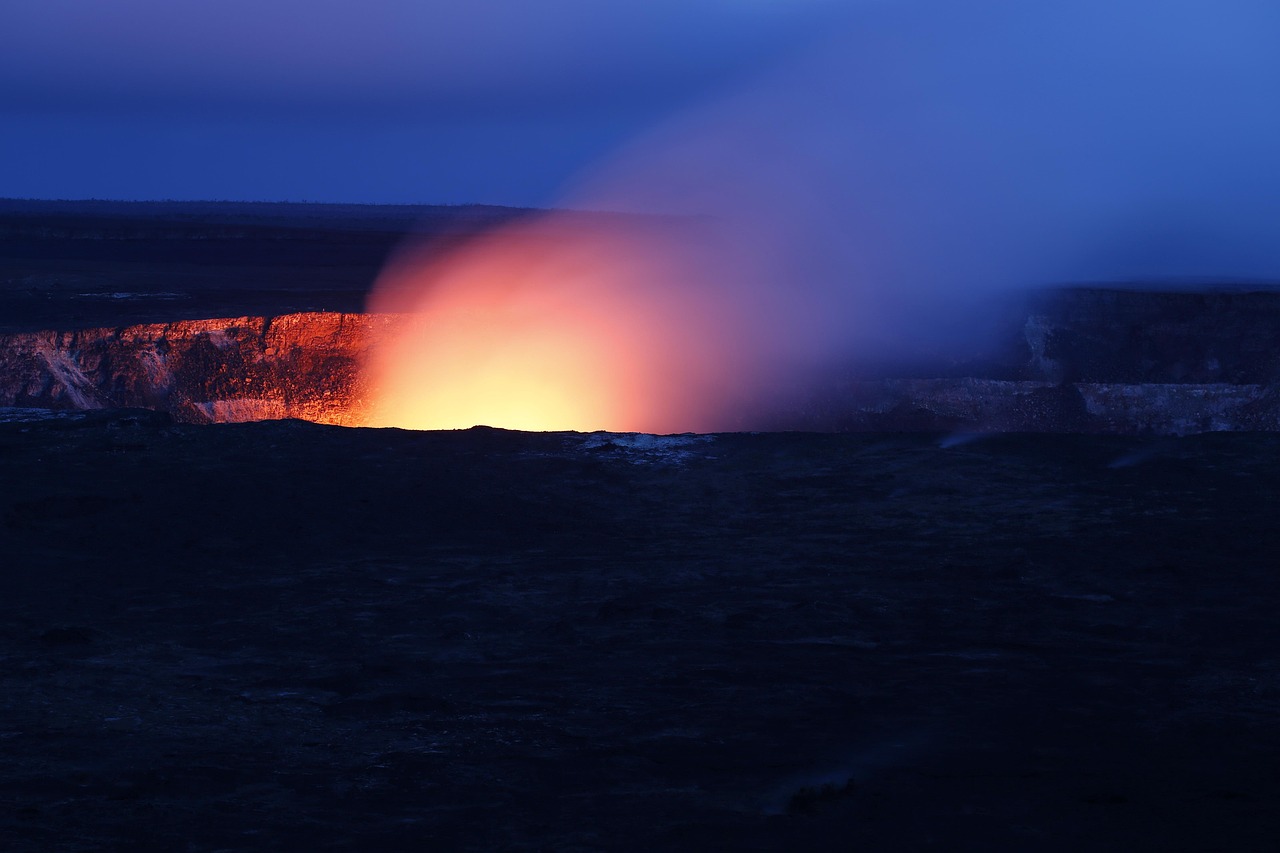Why Distant Volcanoes Don't Trigger Each Other
- Magma Systems Are Not Connected Globally
- Magma chambers are isolated and do not share direct pathways over long distances.
- Each volcano has its own independent magma supply and pressure system.
- Tectonic Stress Transfer is Limited
- Large earthquakes can affect tectonic stress, but the effects diminish with distance.
- Even the biggest earthquakes (like the 2004 Sumatra earthquake) did not trigger immediate volcanic eruptions worldwide.
- Seismic Waves Lose Energy Over Distance
- While strong eruptions generate seismic waves, their energy weakens over large distances.
- These waves may slightly increase activity in a primed volcano, but they don’t initiate eruptions on their own.
- Historical Data Does Not Show Global Chain Reactions
- Major eruptions like Tambora (1815), Krakatoa (1883), and Pinatubo (1991) did not trigger eruptions on other continents.
- Volcanic activity is often clustered in tectonically active regions, but this is due to local geological conditions, not long-distance influence.
Possible Exceptions (Still Theoretical)
- Regional Influence: A large eruption might influence nearby volcanoes within the same volcanic field (e.g., Taupō Volcanic Zone, Iceland’s rift system).
- Supervolcanoes & Global Effects: A supereruption (like Yellowstone) could theoretically cause global atmospheric and climate changes, which might affect volcanic activity indirectly.
Bottom Line
A volcano erupting in Indonesia won't cause a volcano in the U.S. or Japan to erupt. Volcanic eruptions are driven by local geological factors, not distant events.
